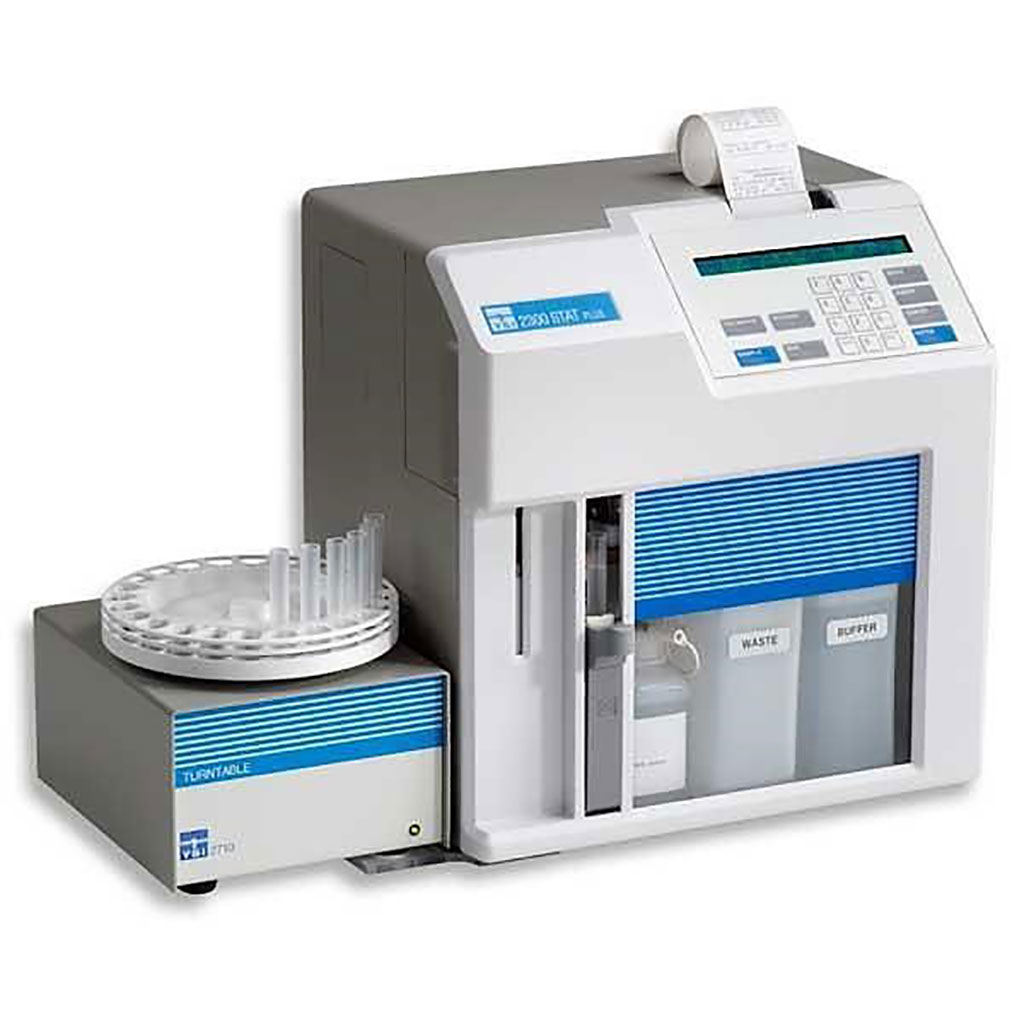Low-Density Lipoprotein Cholesterol Is Associated with Insulin Secretion
By LabMedica International staff writers
Posted on 02 Jun 2021
Dyslipidemia is characterized by low levels of high-density lipoproteins (HDLs), hypertriglyceridemia, high total and low-density lipoprotein (LDL) cholesterol concentrations, as well as an increased proportion of small dense lipoproteins.Posted on 02 Jun 2021
Type 2 diabetes is characterized by insulin resistance and impaired insulin secretion from pancreatic β cells. Insulin resistance alone is insufficient to cause type 2 diabetes, as long as the β cell remains able to compensate for the increased demand for insulin. Once this compensatory mechanism reaches its physiological limits, glucose levels increase and patients progress toward overt type 2 diabetes.

Image: The YSI 2300 STAT Plus Glucose & Lactate Analyzer (Photo courtesy of YSI Life Science)
Doctors specializing in Diabetes from the University of Tübingen (Tübingen, Germany) and their colleagues investigated the relationship between LDL cholesterol concentrations and insulin secretion and glucagon levels. A total of 3,039 individuals without cholesterol-lowering therapy, but with increased risk for diabetes, underwent routine blood tests and a 5-point oral glucose tolerance test (OGTT). Glucagon concentrations, insulin secretion, and insulin clearance indices were derived from the OGTT.
Plasma glucose was measured using an YSI 2300 glucose analyzer (YSI Life Science, Yellow Springs, OH, USA). Serum insulin and C-peptide were determined by immunoassay with the ADVIA Centaur XP Immunoassay System (Siemens Healthcare Diagnostics, Erlangen, Germany). Total, HDL, LDL cholesterol, and triglycerides were measured on the Siemens Healthcare Diagnostics ADVIA XPT Clinical Chemistry System. Glycated hemoglobin measurements were performed using the Tosoh A1c analyzer HLC-723G8 (Tosoh Bioscience GmbH, Griesheim, Germany).
The scientists reported that there was association between LDL cholesterol and fasting glucagon or post–glucose load glucagon levels, but they detected significant positive associations of LDL cholesterol and C-peptide–based indices of insulin secretion. In contrast, they found a negative association of insulin-based insulin secretion indices with LDL concentrations. LDL cholesterol levels, however, were positively associated with insulin clearance assessed from C-peptide and insulin concentrations, both in the fasting state and post–glucose load.
The authors concluded that as C-peptide based indices reflect insulin secretion independent of hepatic clearance, their results indicate lower insulin secretion in case of lesser LDL cholesterol. This could explain deteriorating glycemic control in response to cholesterol-lowering drugs. The study was published in the June, 2021 issue of The Journal of Clinical Endocrinology & Metabolism.
Related Links:
University of Tübingen
YSI Life Science
Siemens Healthcare Diagnostics
Tosoh Bioscience













